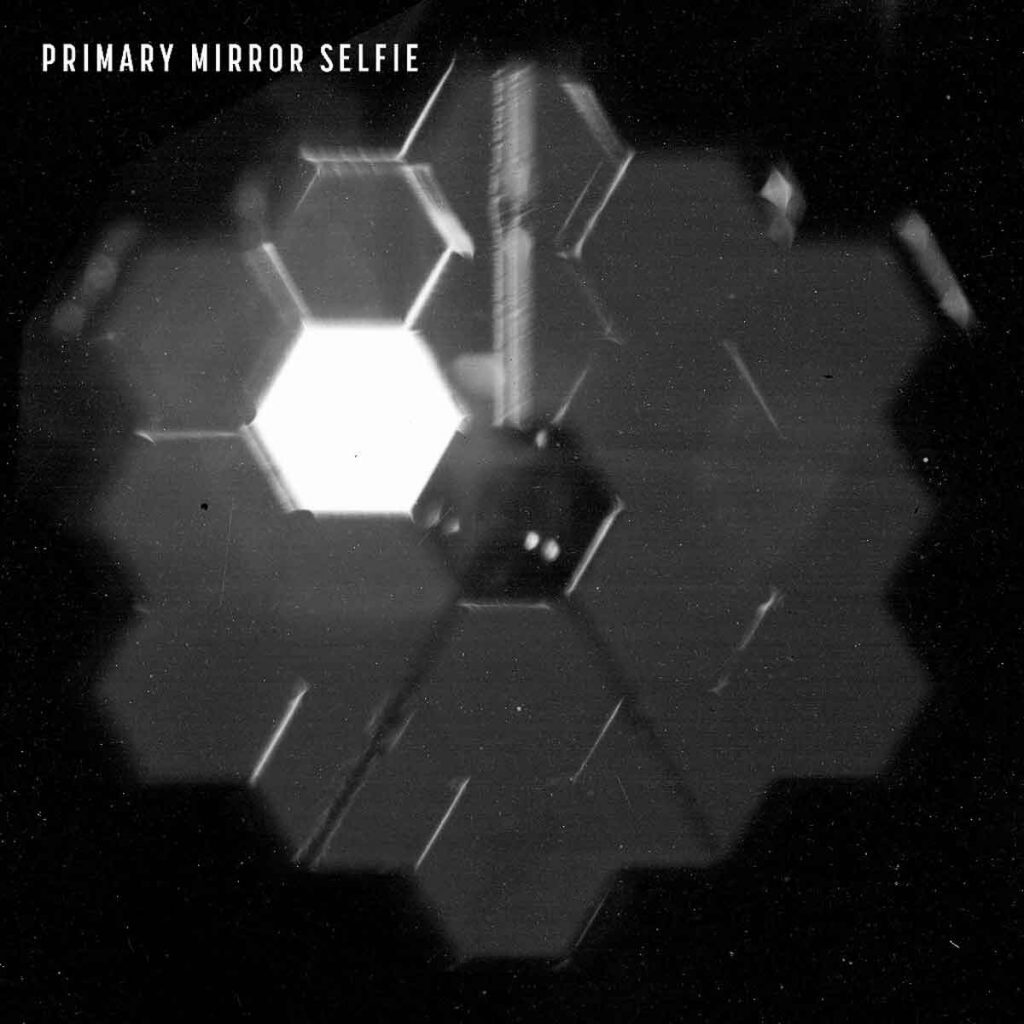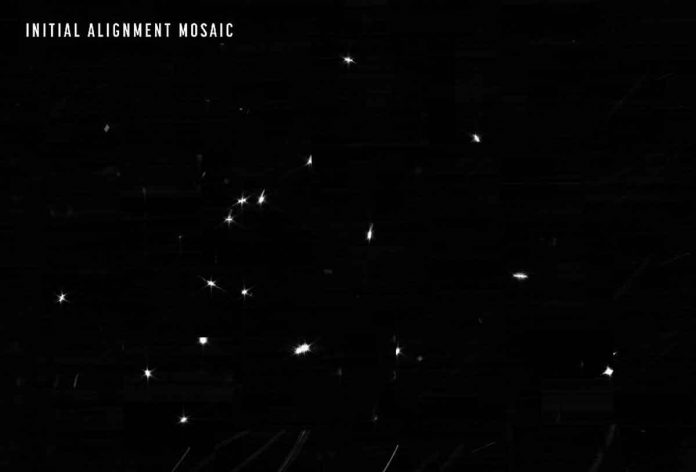NASA announced that James Webb Space Telescope has seen its first star. It has even taken a selfie. The steps are part of the months-long process. The process of aligning the observatory’s enormous golden mirror. Astronomers hope it will unravel the mysteries of the early Universe.
The first picture sent back of the cosmos is far from stunning. There were 18 blurry white dots on a black background. They all showed the same object which is HD 84406. It is a bright and isolated star in the constellation Ursa Major.
It represents a major milestone. The 18 dots were captured by the primary mirror’s 18 individual segments. The image is now the basis for aligning and focusing those hexagonal pieces.
The light bounced off the segments to Webb’s secondary mirror. It is a round object located at the end of long booms. Then to the Near Infrared Camera instrument which is Webb’s main imaging device.

The image capturing process started on February 2. Webb pointed at different positions around the predicted location of the star.
Webb’s initial search covered an area of the sky similar to the size of the full Moon. The dots were all located near the centre portion. This means the observatory is already relatively well positioned for final alignment.
Astronomers also captured a “selfie” through a special lens on board NIRCam.
Scientists weren’t sure it was possible to obtain such an image using starlight alone.
James Webb was launched from French Guiana on December 25. It is now in an orbit that is aligned with the Earth’s around the Sun. It is one million miles from our planet. It is in a region of space called the second Lagrange point.
Webb will begin its science mission by summer. It will include using its high-resolution instruments to peer back in time 13.5 billion years ago.
Visible and ultraviolet light emitted by the first luminous objects has been stretched by the Universe’s expansion. It arrived in the form of infrared. Webb is equipped to detect it with unprecedented clarity. It will also study distant planets and will determine their origin, evolution and habitability.

